Nabutautau Village, Navatusila
The village of Nabutautau is a remote village located in the head waters of the Sigatoka River in the district of Navatusila in the province of Nadroga/Navosa. Nabutautau is infamous in history as the place where Reverend Thomas Baker was killed, the only European missionary killed in Fiji on 21 July 1867 along with five i-Taukei teaching assistants. Beyond Baker’s death, relatively little is known about the village’s rich history.
Last updated on 06 Jun 2025
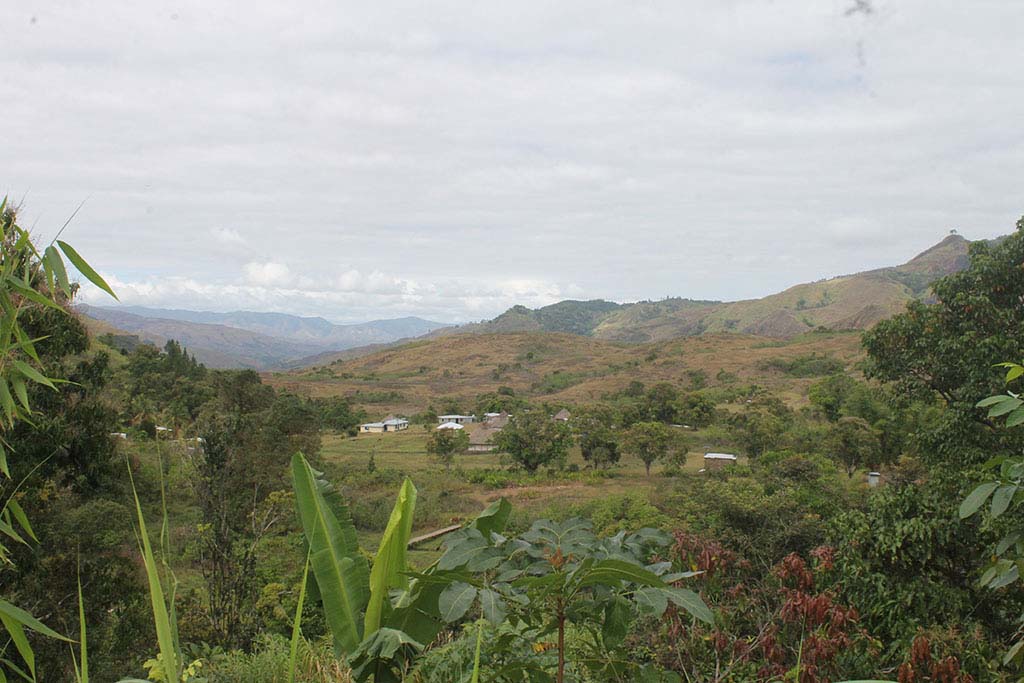
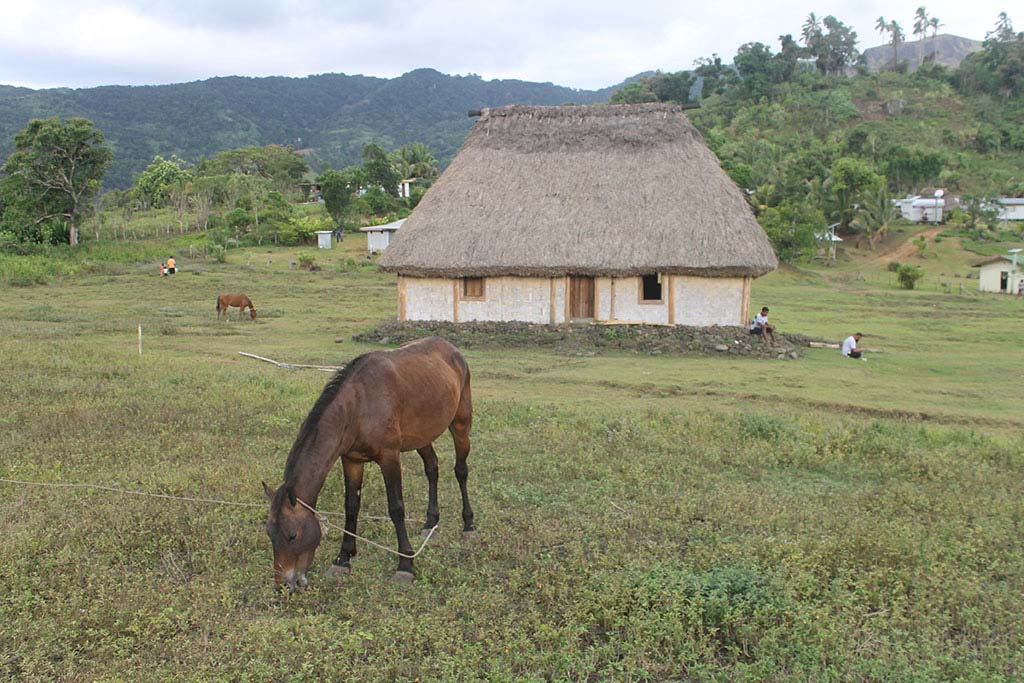
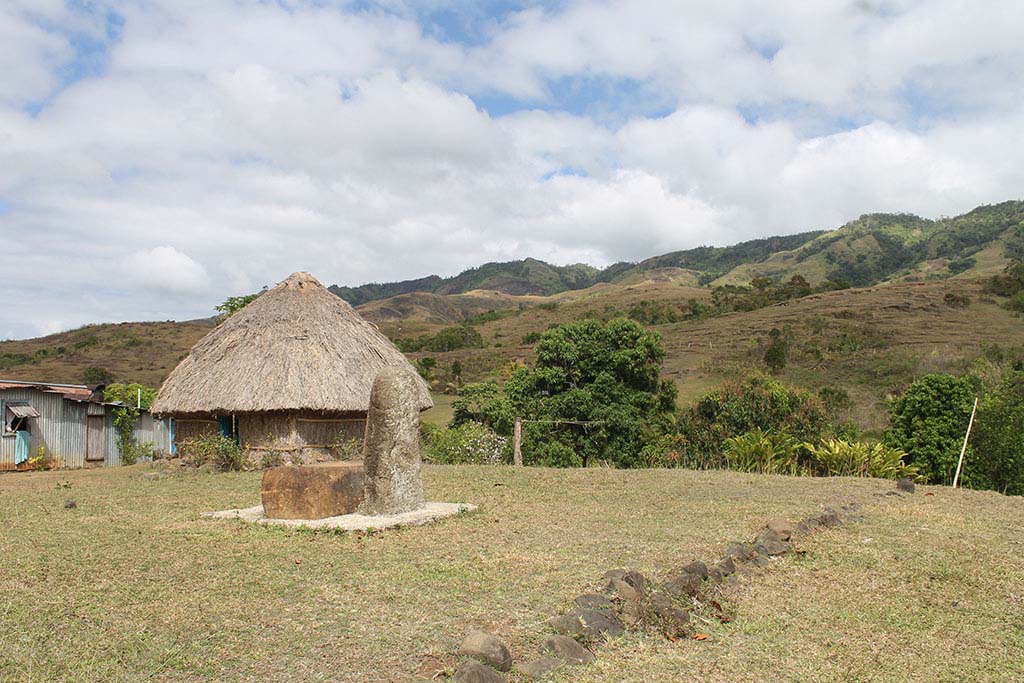
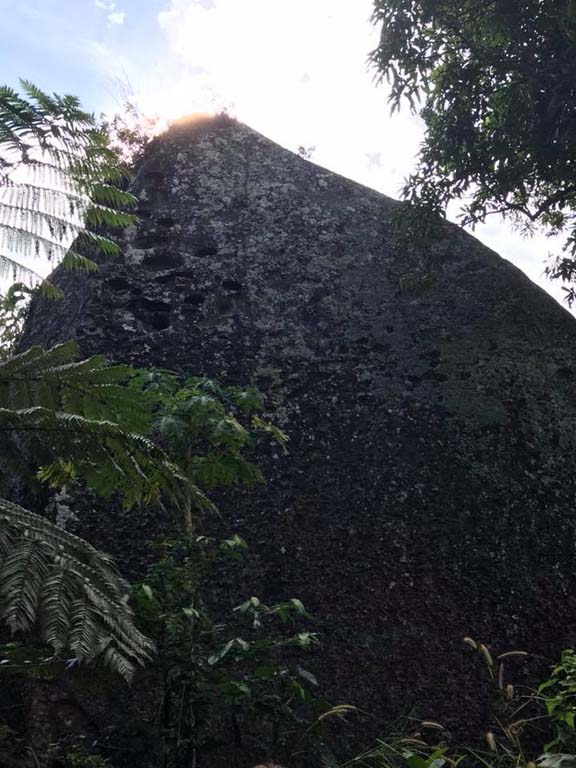
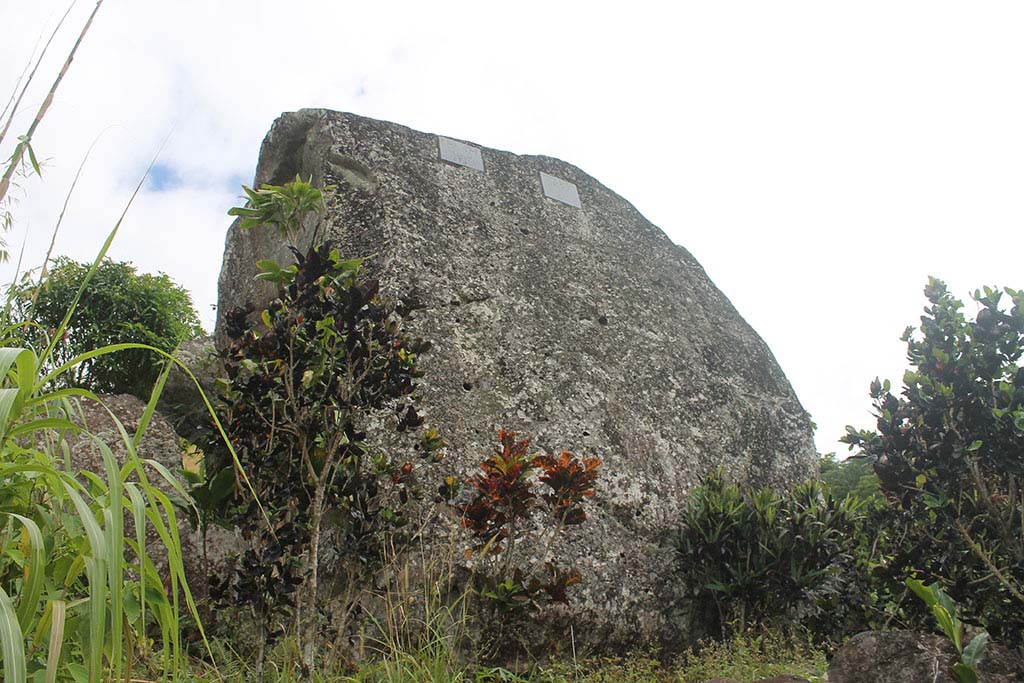
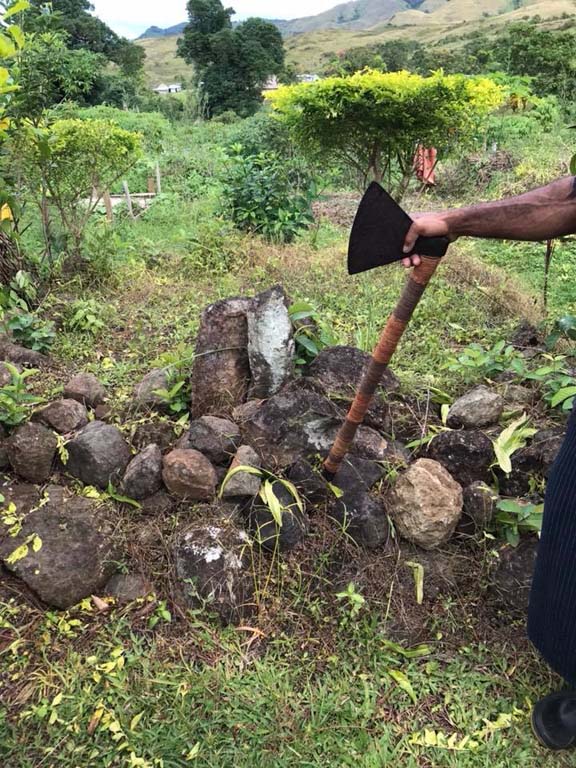

Timeline
c.3500BP
The original inhabitants of Fiji were descendants of the Lapita people who came from the west (probably Vanuatu and New Caledonia) approximately 3500 years ago. Archaeological evidence suggests one of the oldest known settlement sites is at Natanuku near Ba (1290 BC). The people gradually moved inland and built forts in the hills of the Colo region.
Nabutautau is the chiefly village in the district and the chief is addressed as the Tui Navatusila. The village men have traditionally been engaged in subsistence farming, and working together in what is called the solesolevaki or community effort in building houses, farming and raising money for education and other communal projects. The women traditionally are able to weave mats known as the ibe batiwa which is only woven by Navatusila women and a basket called tabekasera where bamboo is used.
1859
Reverend Thomas Baker, an English Methodist missionary came to Fiji.
1865
Rev. Baker was appointed as the “Missionary to the Interior” and made long journeys to the interior of Viti Levu, untouched by the Christian influences to spread the teachings of the bible. Not all Fijians were receptive to the teachings of Christianity.
The British Consul, Jones, passed through Nabutautau and was warmly welcomed in the village. This is because in 1865, Britain did not pose any threat to the autonomy of the Navatusila people, and its chief, Katakataisomo, even accompanied Jones on his journey across the hills to the Northern coast of Viti Levu. As they neared the northern coast, the party encountered several refugees fleeing the invading Bauan army. Katakataisomo left Jones to return to Nabutautau to fortify the area against potential Bauan invasion.
13 July 1867
The Chiefs in the interior were hostile to the growing power of the self proclaimed King of Fiji, Chief Cakobau, from Bau Island, and the chiefs on the coast with their receptiveness to Christianity. Wesleyan missionaries publicly aligned themselves with Bau and conducted a ceremony to appoint its warlord, Cakobau, as the King of Fiji. Conversion to Christianity became linked in the minds of the hill tribes with tributary subservience to Bau and loss of resources. Rev. Baker was warned by his students not to proceed with the trip on 13 July 1867 but to no avail.
20 July 1867
Rev. Baker and seven of his Fijian Christian teachers arrived at Nagagadelavatu on 20 July and proceeded to present a whale tooth as customary Fijian tradition to the village head, Chief Nawawabalavu. Despite this gesture, the Chief extended no goodwill towards the party and offered no food during the night. Unknown to Rev. Baker, another whale’s tooth was sent by a hostile chief from Naitasiri, on order that whoever received this whale tooth will kill Baker and his men. Contrary to the popular myth that Rev. Baker was killed due to his disrespectful gesture of combing Chief Nawawabalavu’s hair, the more plausible explanation is that the interior chiefs view the advancement of white settlers and Christianity into their land as a threat to their authority.
21 July 1867
Rev. Baker and five of his men were killed just outside the village. The bodies of those killed were thrown down the valley 500 feet below to the Sigatoka River. Their bodies were cut up, burned and eaten. The oven that was built to cook the bodies are still in place but was never used again. There were only two survivors: Aisea Nasekau and Josefata Nagata. It was these two men who reported the tragedy to the Mission authorities.
2 April 1868
Cakobau led a punitive expedition into Colo to avenge Baker’s death. However, his armies were routed by the Colo tribes and they returned from that campaign with deeply wounded prestige. Ratu Nawawabalavu was captured, found guilty and served time in the prison in Levuka.
1874
Nabutautau and the surrounding Colo tribes retained their independent status until Cession in 1874 when, without consulting them, chiefs from other parts of the country (but not Colo) ceded Fiji to Great Britain.
1876
Nabutautau was one the core villages that led a war of resistance against the new British colonial order. Nabutautau warriors were involved in the earliest phases of the resistance in April until the last days of the war in the latter part of July. The village was defeated in July when a government force of 500 Fijian soldiers led by Captain Knollys and Ratu Navolioni Vuki, the Bauan Roko Tui of Ba, entered Nabutautau. They found the village deserted. Most of the occupants had fled to the nearby Lobonakoro caves where they remained undetected for two weeks. The occupants surrendered on the 16th of July and the Government forces that went into the caves found large supplies of yam, ample fresh water, more than 50 guns and plenty of ammunition. Many of the captured rebels were sent to Ba for lengthy prison terms. After the imprisonment of all its chiefs and warriors, Nabutautau remained compliant with the rule of the colonial administration.
1905
Since Baker’s death, the people of this village have often been represented as wild ignorant, uncivilised, cannibalistic and fearsome tevoro (devils). In a symbolic act of contrition, Nabutautau approached the Methodist Church with a request that a memorial be erected in memory of Baker’s death. There have been several other ceremonies and memorials since.
2016
Talanoa Treks began a collaboration with the village to lead walking tours through the mountains to Nabutautau.
References
Robert Nicole. 2018. Disturbing History: Resistance in Early Colonial Fiji. Suva, USP Press.
Sakiusa Kataiwai, Sze Hui Tan & Elia Nakoro. 2014. Archaeological Assessment Report: Nabutautau Village, Navatusila, Nadroga/Navosa, Fiji Museum, Suva.
https://talanoa-treks-fiji.com/